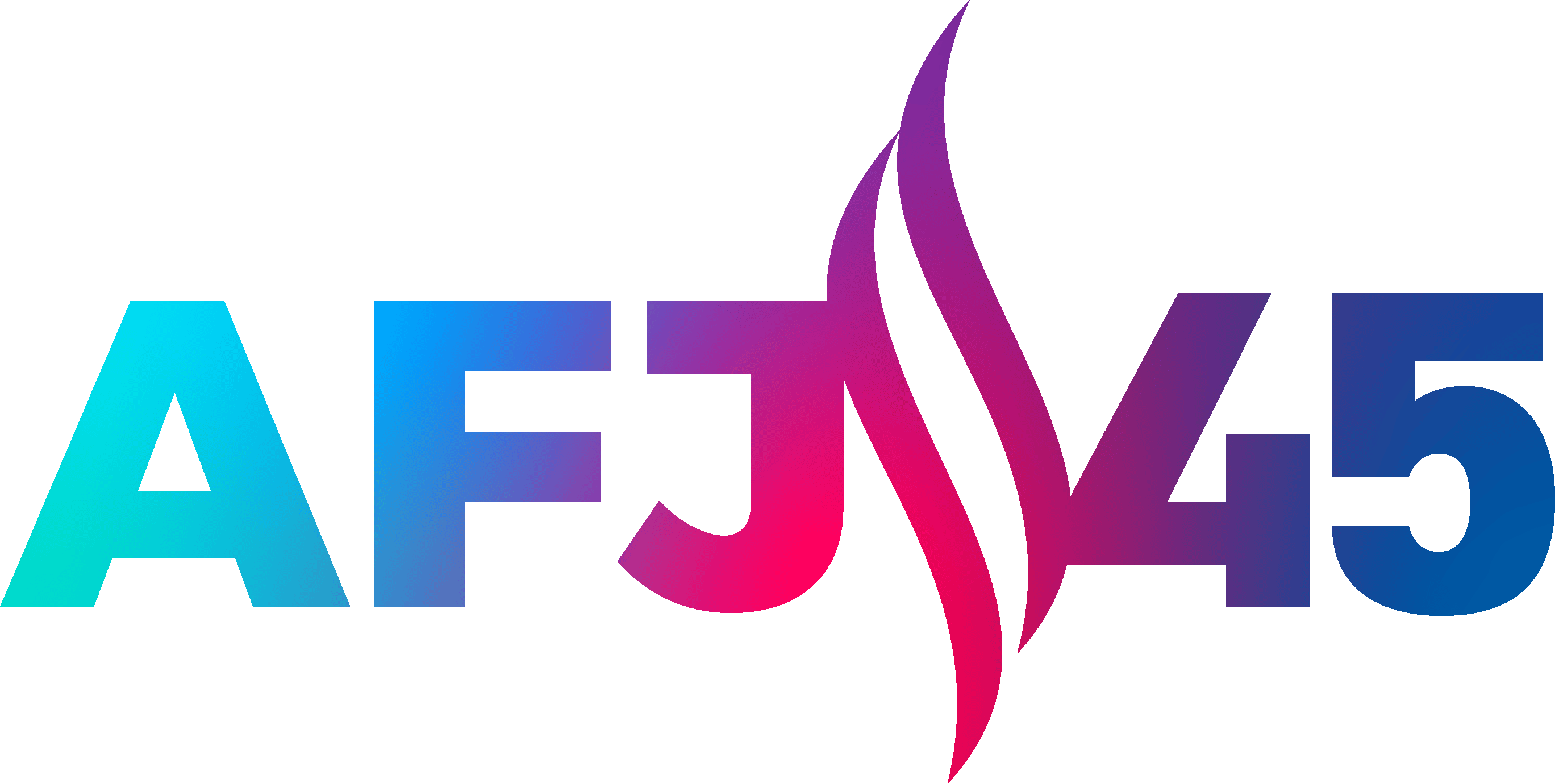Advocacy Capacity and Effectiveness: What Funders and Grantees Need to Know
“How can you expect us to support more advocacy when we don’t know how to evaluate the effectiveness of this kind of work?”
That was the question I received repeatedly eight years ago when I canvassed 25 funders about the support they needed to increase their nonprofit advocacy grantmaking. The Alliance for Justice was developing a new publication on foundations and advocacy. And as a result of frequent concerns about the effectiveness of foundation grantmaking we were looking to develop a pragmatic model for advocacy evaluation.
We knew evaluation had to fit the long-term nature of advocacy work. We noted that groups should be credited for accomplishments — such as gaining credibility with lawmakers or building an active membership — that would make it more likely they reached their objectives the following year, or thereafter. In addition, our partner in the advocacy evaluation work, the George Gund Foundation, wanted a tool that would help them identify a baseline for grantee advocacy strengths and gaps at the beginning of a grant or advocacy campaign. Thus was born the Advocacy Capacity Tool (ACT), which recently has been revised and updated.
Basically a survey that asks about skills, knowledge, and resources in different areas, ACT is designed to help organizations determine their readiness to pursue advocacy goals and where they need to strengthen their capacity. Foundations can use it to assess potential grantees — in the RFP process, for example — and to recruit complementary partners. Most importantly, the insights gained by organizations into their capacity for advocacy invariably improve the effectiveness of their work.
Competing Views in the Field
There are at least two schools of thought on the relationship between organizational capacity and effectiveness. As discussed in the new publication Re-Imagining Philanthropy: The Role Of Leadership In Nonprofit Capacity Building in a Post-Recession Economy, one view is that they are separate, that “capacity-building leads to effectiveness.”
Another view, as articulated by Peter York and Paul Connolly of the TCC Group, “[theorizes] that effectiveness and the nature and extent of organizational capacity” as measured by CCAT, TCC’s capacity assessment tool, “are one and the same concept.” One of the factors in their assessment is “whether or not the organizations’ knowledge, abilities, and resources meet the demands present within their internal and external environment.” AFJ’s approach to assessing advocacy capacity makes use of both concepts — and recognizes that it would be unrealistic to attempt a comprehensive assessment of both an organization’s skills and knowledge and the quality of how it uses all these resources at the same time. Our model is based on the following beliefs:
- Having in place skills, knowledge, and other resources for a strong advocacy campaign make it more likely that an organization will succeed in their advocacy efforts.
- Combining as many strong advocacy capacities as possible also leads to greater effectiveness. For example, strong legislative staff, excellent messaging capability, and a strong field operation can work together for better results.
- Having a track record of meeting the needs for strong advocacy indicates effectiveness and capacity. However a group may have the skills and resources in place but be untested for effectiveness. In both cases, there can be strong capacity.
How Our New Tool Works
In the most recent iteration of the ACT tool, we responded to user requests by adding numeric results and comparison data as well as new capacities, including messaging and fiscal sustainability. We make a point of telling users that numeric results should be viewed as markers, not as grades or measures of effectiveness. In many cases, the survey also can be used as a conversation starter and planning tool for staff and boards that want to take a closer look at where their capacities can improve or where they might want to rely on partners in the field, as well as for foundations seeking to help build strong advocacy organizations. One recent user commented:
“This survey showed what we are lacking! We never have done a long-term advocacy plan, talked about media coverage or messaging.”
In the seven years since AFJ has been using the tool in the field, we’ve found that it helps groups to be intentional rather than reactive in their advocacy. The results give them an understanding of what it takes to develop strong advocacy programs and the capacity, in terms of advocacy, their organization has and/or needs. AFJ’s path to helping groups build strong advocacy programs has led us to develop a number of advocacy capacity tools. In the process, we have learned how capacity and effectiveness both differ and overlap. By recognizing and accepting these nuances and making greater regular use of advocacy capacity assessment tools, more funders and grantees can contribute effectively to bringing much-needed voices to the policymaking table. This article originally appeared in the PhilanTopic Blog.
